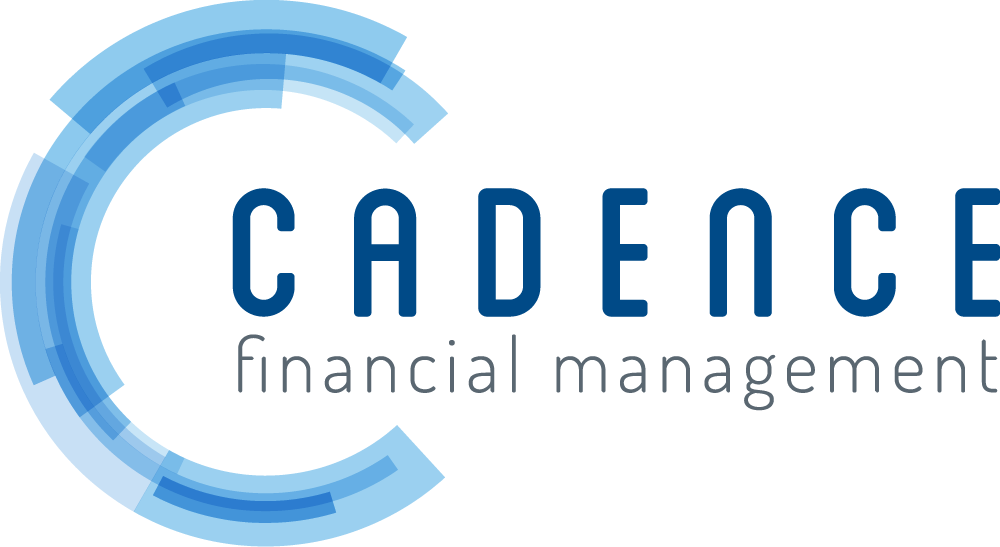Three Ways to Strengthen Your Retirement Plan Committee
Retirement plan committees aren’t required by ERISA, but they can be extremely beneficial nonetheless — especially for larger plans. And if they’re constructed and operated appropriately, they can even help in the event a sponsor is sued. Depending on the size of the plan, some organizations split up committee responsibilities into investment oversight, administration, and settlor functions. But no matter how you structure them, here are three ways to make retirement plan committees a more effective tool for your organization.
1. Ongoing fiduciary training and education. Fiduciary committee members take on significant risk for their service. And even though there are no specific job titles or requirements to participate on a retirement plan committee per ERISA — such as being a financial or human resources officer, it’s vital that committee members be prudently appointed and that only individuals qualified for the role take on this responsibility. They should have an understanding of ERISA fundamentals and the workings of retirement plan structures and operations. But perhaps most importantly, members must have a commitment to working solely for the interests of plan participants and beneficiaries. The functioning of the committee can be further strengthened with ongoing continuing education on fiduciary responsibility and training to keep members abreast of any regulatory or other ERISA, DOL or IRS changes that could impact the retirement plan they oversee. Schedule regular training — perhaps quarterly — and consider fiduciary liability insurance to provide an added layer of protection for members, whose performance should be closely and regularly monitored.
2. Retirement plan committee charter and documentation. Documentation is a key for fiduciaries. Many advisors will take minutes that record agenda items for each meeting, which might include a review of areas such as investment performance, plan fees and documents such as the investment policy statement or form 5500. Additionally, any recommended changes or amendments to the plan — or its providers — should be documented along with the processes that led to such changes. The minutes should be reviewed and approved by the committee members and records retained. And while ERISA does not mandate a retirement plan committee charter, it’s considered a best practice to use one to document who possesses delegated fiduciary functions. The charter can also be used as part of a legal defense in the event of a lawsuit.
3. Committee member diversity. As with other leadership groups in your company, the retirement plan committee should reflect the diversity within your organization. Representation in terms of age, ethnicity, culture, socioeconomic background and gender can help ensure the committee understands the needs and concerns of all the participants and beneficiaries in whose interests they’re entrusted and obligated to act — and how best to serve, educate and communicate with them. Including first-line workers as opposed to only members of your C-suite can be particularly useful when it comes to appreciating the perspectives of employees with greater financial need or those who are not (or are under-) participating in the plan. And for individuals who don’t possess fiduciary education or experience, be sure to limit committee responsibilities to an advisory role that does not involve direct decision-making.
Assembling a qualified, representative and responsive retirement plan committee — well equipped with a comprehensive charter and ongoing fiduciary training — can be a highly effective tool to help plan sponsors discharge their fiduciary duties to plan participants and beneficiaries.
Sources:
https://401kbestpractices.com/best-practices-for-401k-committees/
https://401ktv.com/retirement-plan-committee-charter-required-fulfill-fiduciary-duties/
https://www.plansponsor.com/in-depth/improving-retirement-plan-committee-diversity/
https://www.plansponsor.com/in-depth/establishing-retirement-plan-committee/
This material was created to provide accurate and reliable information on the subjects covered but should not be regarded as a complete analysis of these subjects. It is not intended to provide specific legal, tax or other professional advice. The services of an appropriate professional should be sought regarding your individual situation. The material presented was created by RPAG. Securities, investment advisory, and financial planning services offered through qualified registered representatives of MML Investors Services, LLC. Member SIPC (www.sipc.com). Supervisory Office: 16 Campus Blvd, Newtown Square, PA 19073. Cadence Financial Management, LLC is not a subsidiary or affiliate of MML Investors Services, LLC or its affiliated companies. ACR# 3709182 08/21
